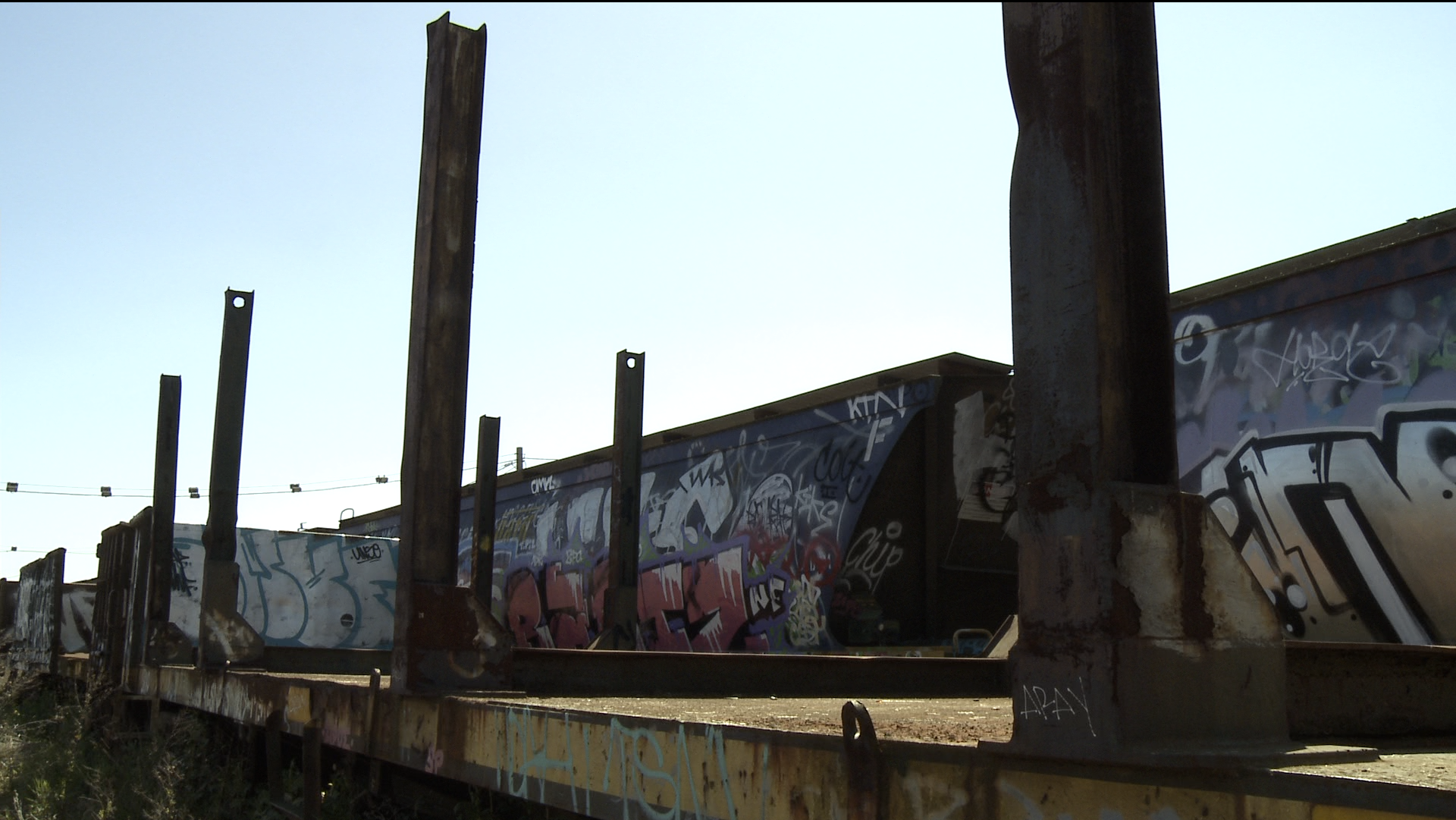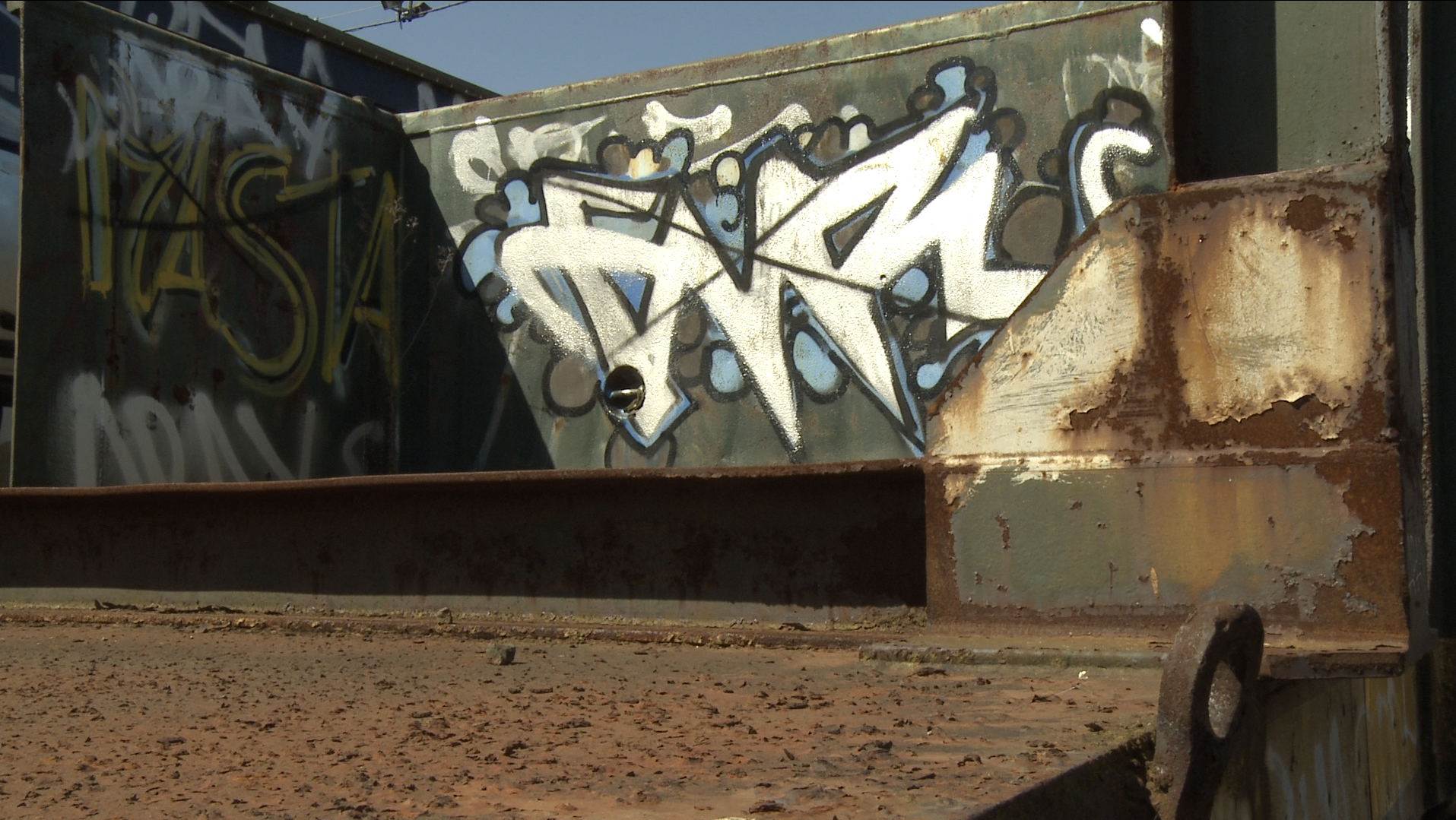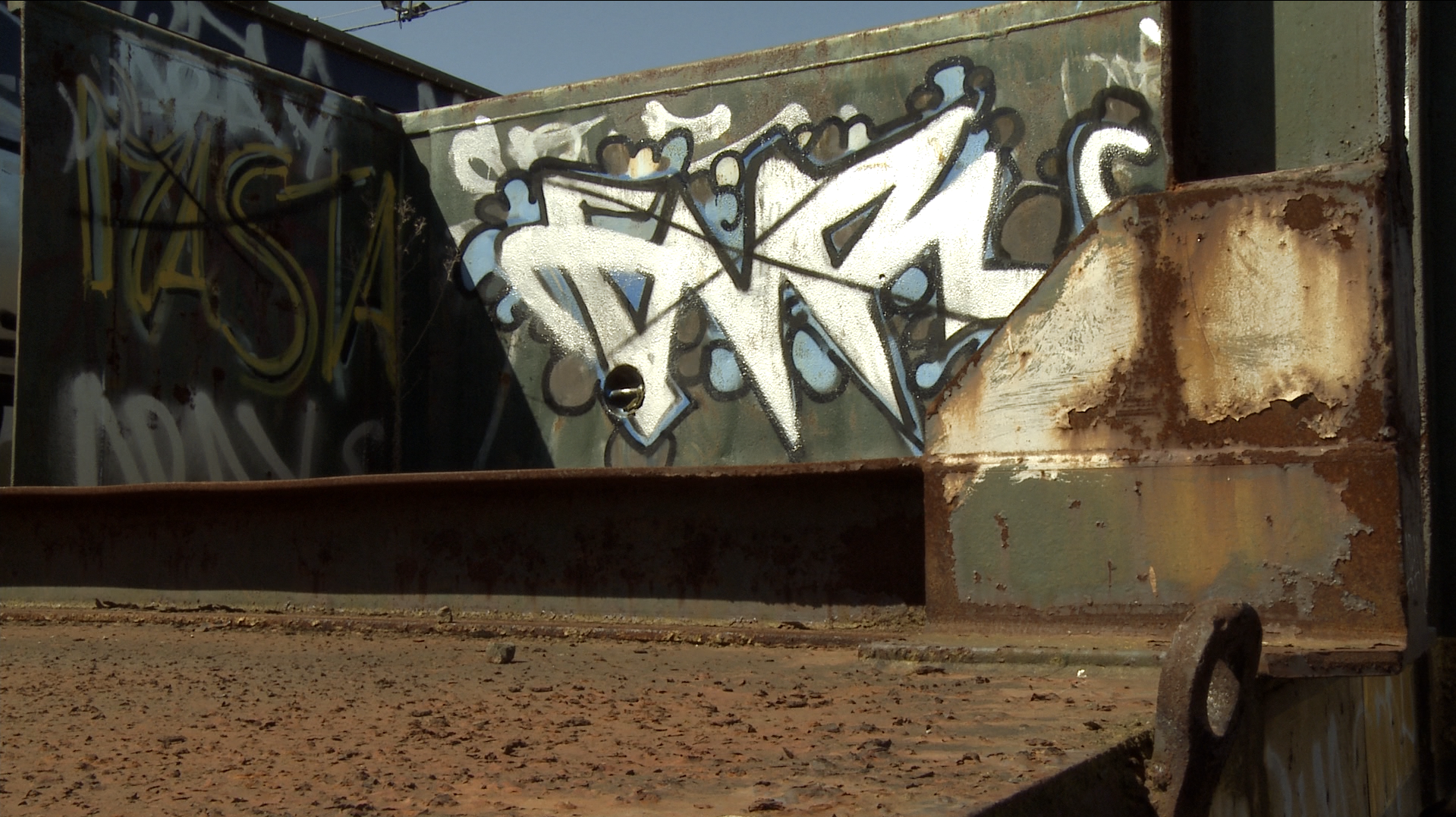Critically reflect on ways in which media convergence and/or social media has influenced your approach to designing and marketing digital narratives. How has the evolving media landscape challenged and/or extended your approach to digital storytelling? Refer to one or more of the course readings/videos in your discussion.
The strategy of using social media to promote the Goffee Beans project is dependent on the biggest communication app in China, Wechat. The social media app has become one of the representatives symbol in China. It has predominated the Chinese market with 700 million members becoming the fastest growing platform in recent years. Wechat is very functional, it combines chatting, sharing contents and electronic payment. It is an all-in-one social media app. According to Tencent’s annual report in 2016, the most frequent Chinese users on Wechat is from 11-year-old to 30-year-old with 25% of overall. These group of people matches the demand of the Goffee Beans which targets 18-year-old to 30-year-old skillful social media users.
In Melbourne, there is a famous subscription account ‘Melbourne 7fan8’ which explores food and drink culture in the local area. The account provides service of recommending local restaurants. It not only targets on international students but also reaches global travelers who temporarily visit Melbourne. The marketing strategy will be collaborating with ‘Melbourne 7fan8’ to promote the Goffee Beans. It is because the target audience of the project is international tourists. ‘Melbourne 7fan8′ has so many resources about the food and drink culture in Melbourne. The Goffee Beans will be benefited from the strong support by the Wechat subscription.
According to the reading materials in week 4, people are now in the Web 2.0 era where allows users to add their own content to websites. Then, the websites collect user’s data as a side-effect of their use of the site. Audiences’ participation to the Internet has created a new phenomenon where is network society. The participatory culture connects audiences in a new way as it encourages online participations.
In conventional media form, like film or television, this is impossible to happen and audiences are completely passive in the narrative. In Web 2.0, audiences become more active than the traditional media platforms. Crowdsourcing is one of the features created in Web 2.0 where allows participants shares their own content. The active participants are able to extend the narrative in the new digital media platforms. In the Goffee Bean project, users will post their selfies to the website then the photos will be displayed to global audiences.


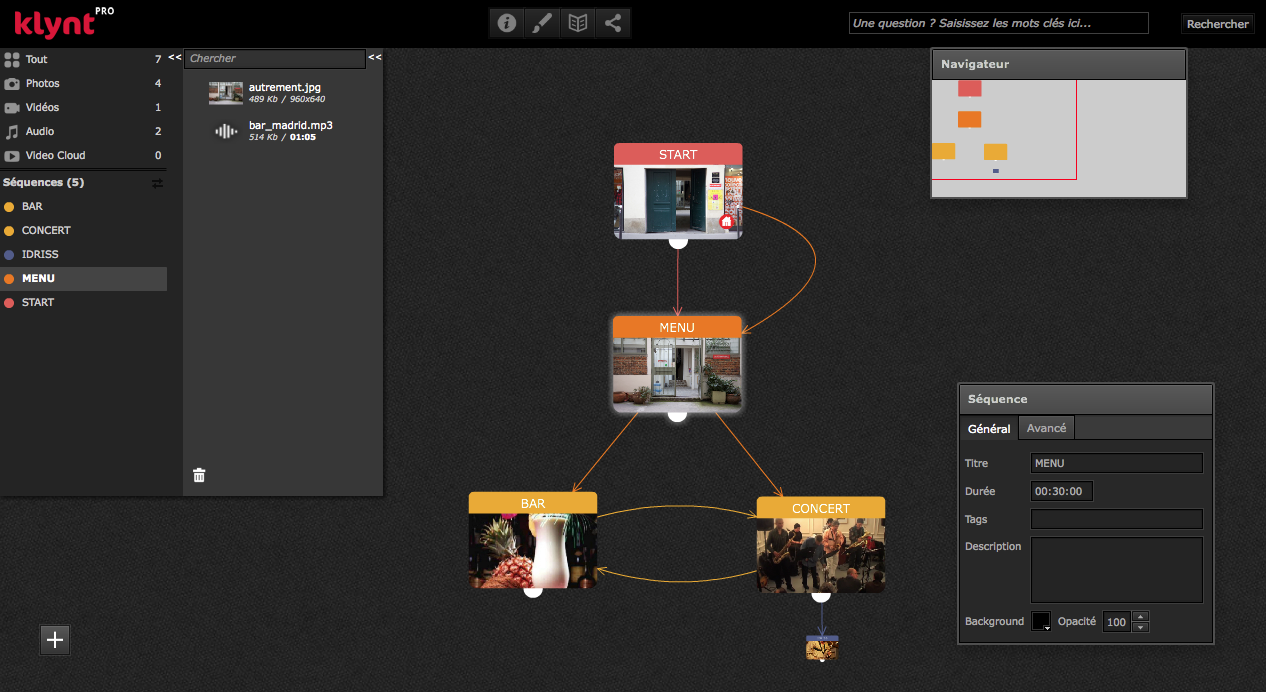
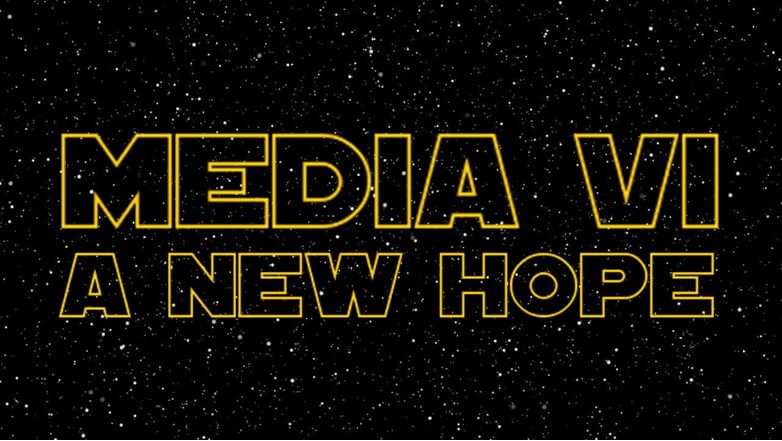 In media 6 studio, the major assignment is to organize a theme seminar about media industry. I am in the film group, and our seminar is presenting on 25th of September, 2015. The concept of this seminar is ‘Epic Journey’ of being in the industry. This idea focus on people have changed jobs throughout their career and how they fits into the new position.
In media 6 studio, the major assignment is to organize a theme seminar about media industry. I am in the film group, and our seminar is presenting on 25th of September, 2015. The concept of this seminar is ‘Epic Journey’ of being in the industry. This idea focus on people have changed jobs throughout their career and how they fits into the new position.